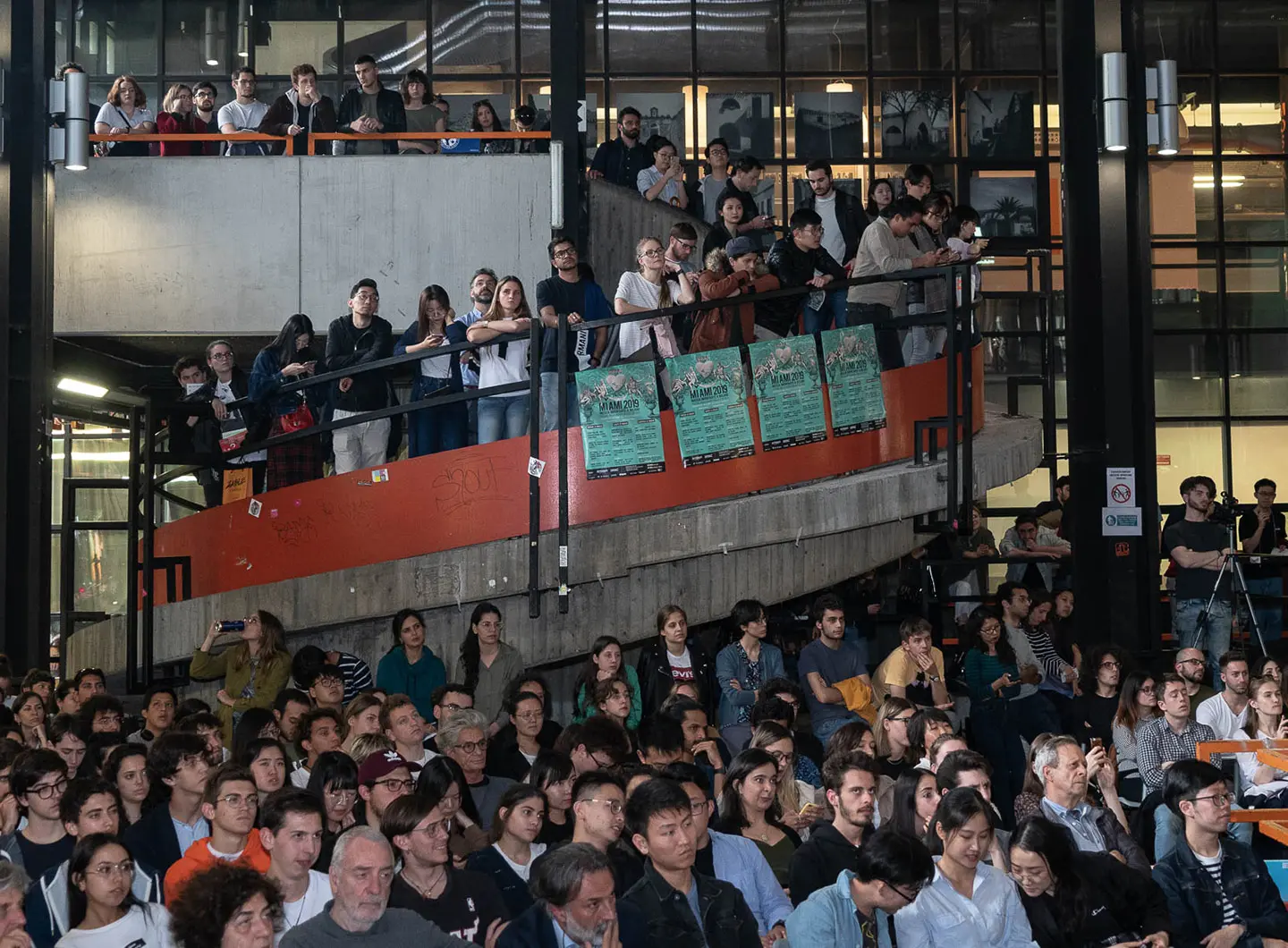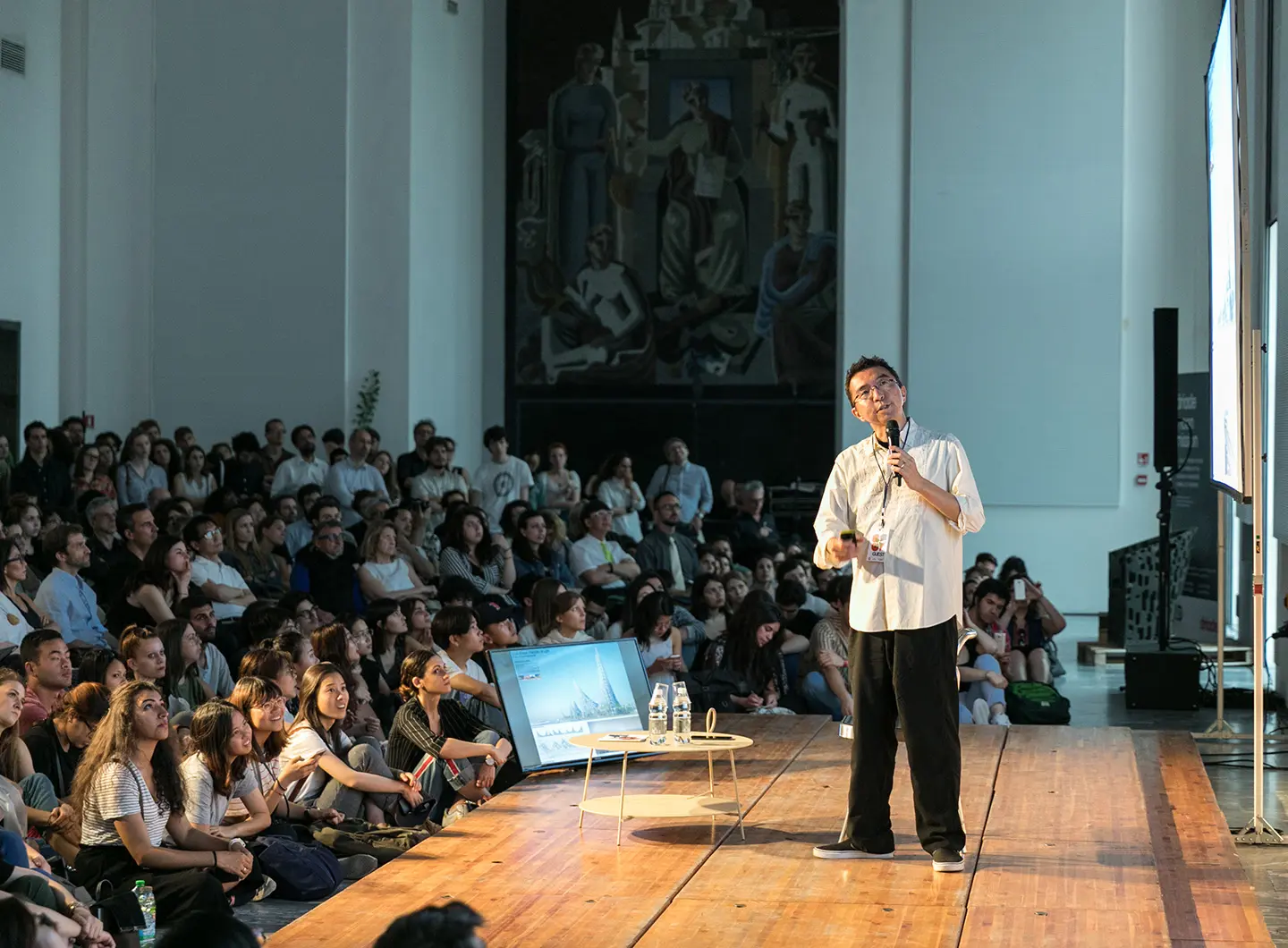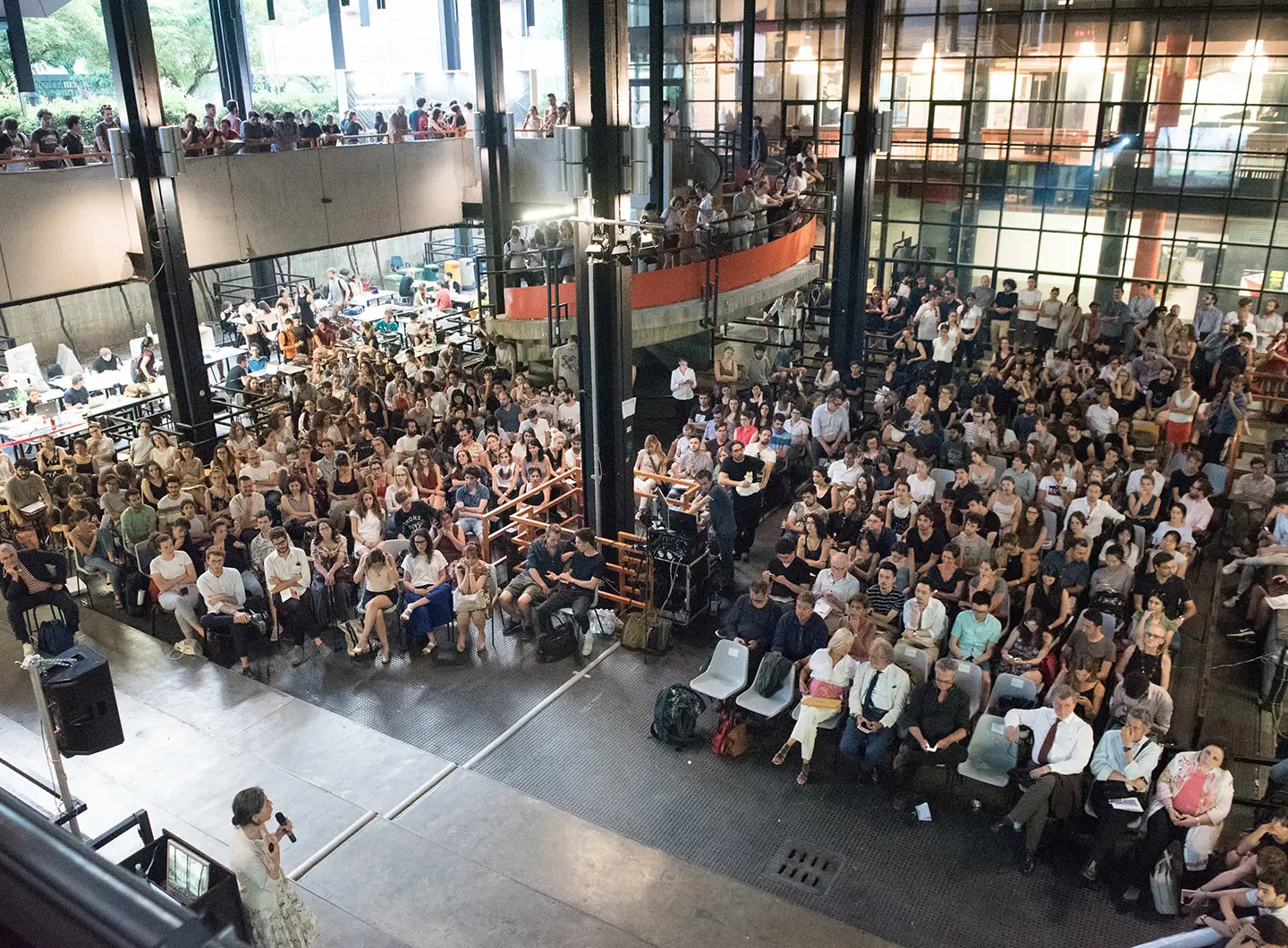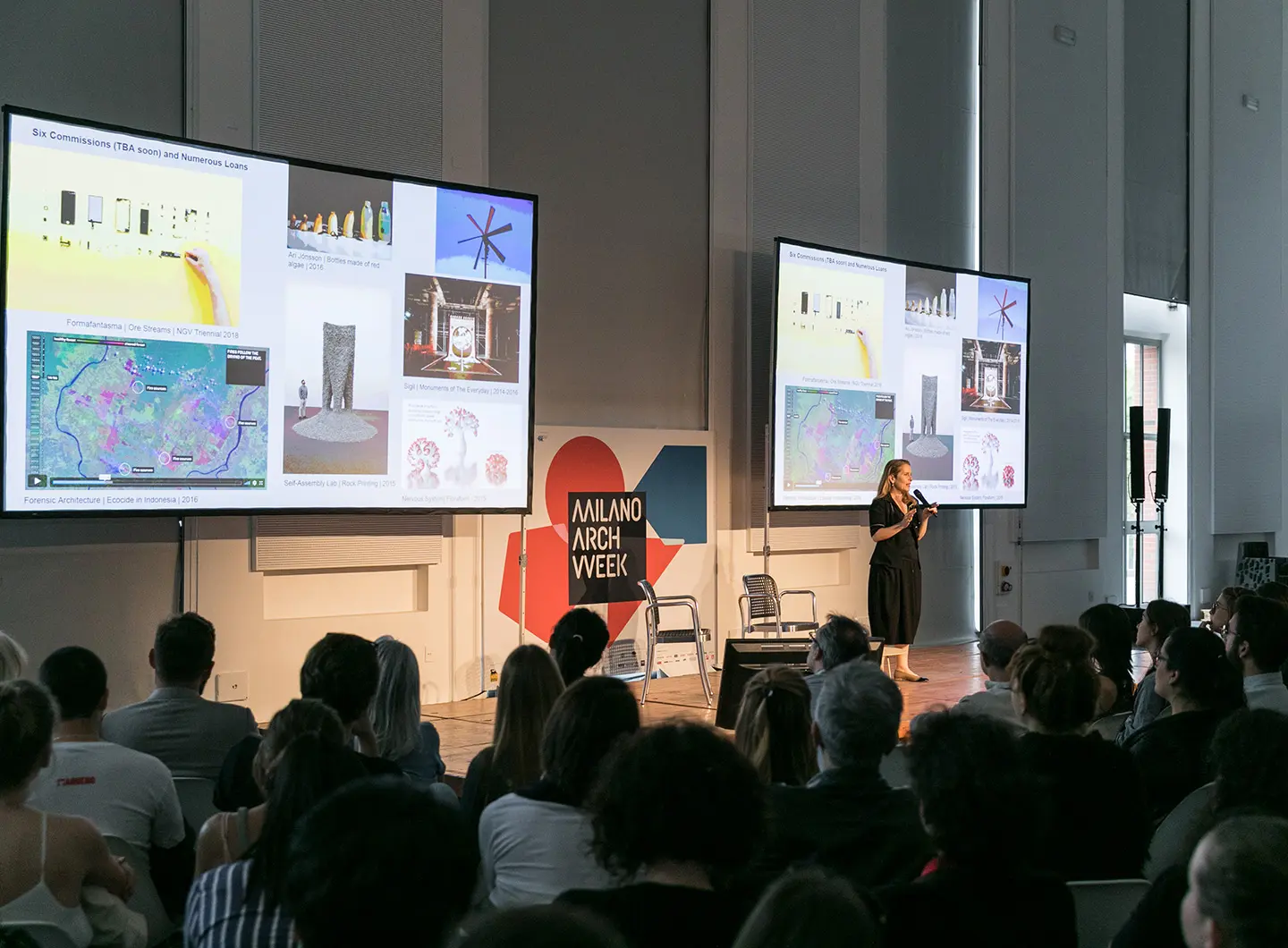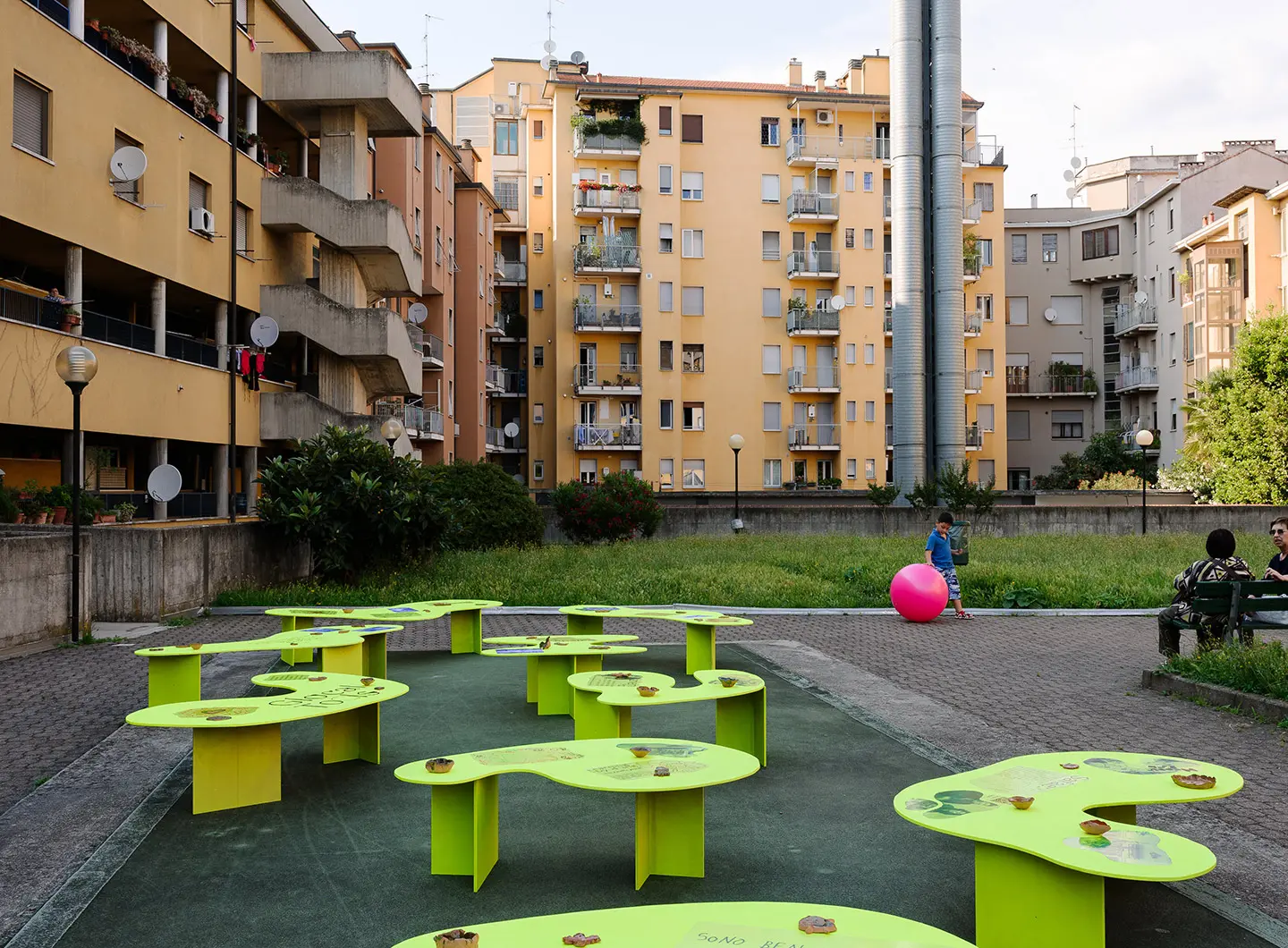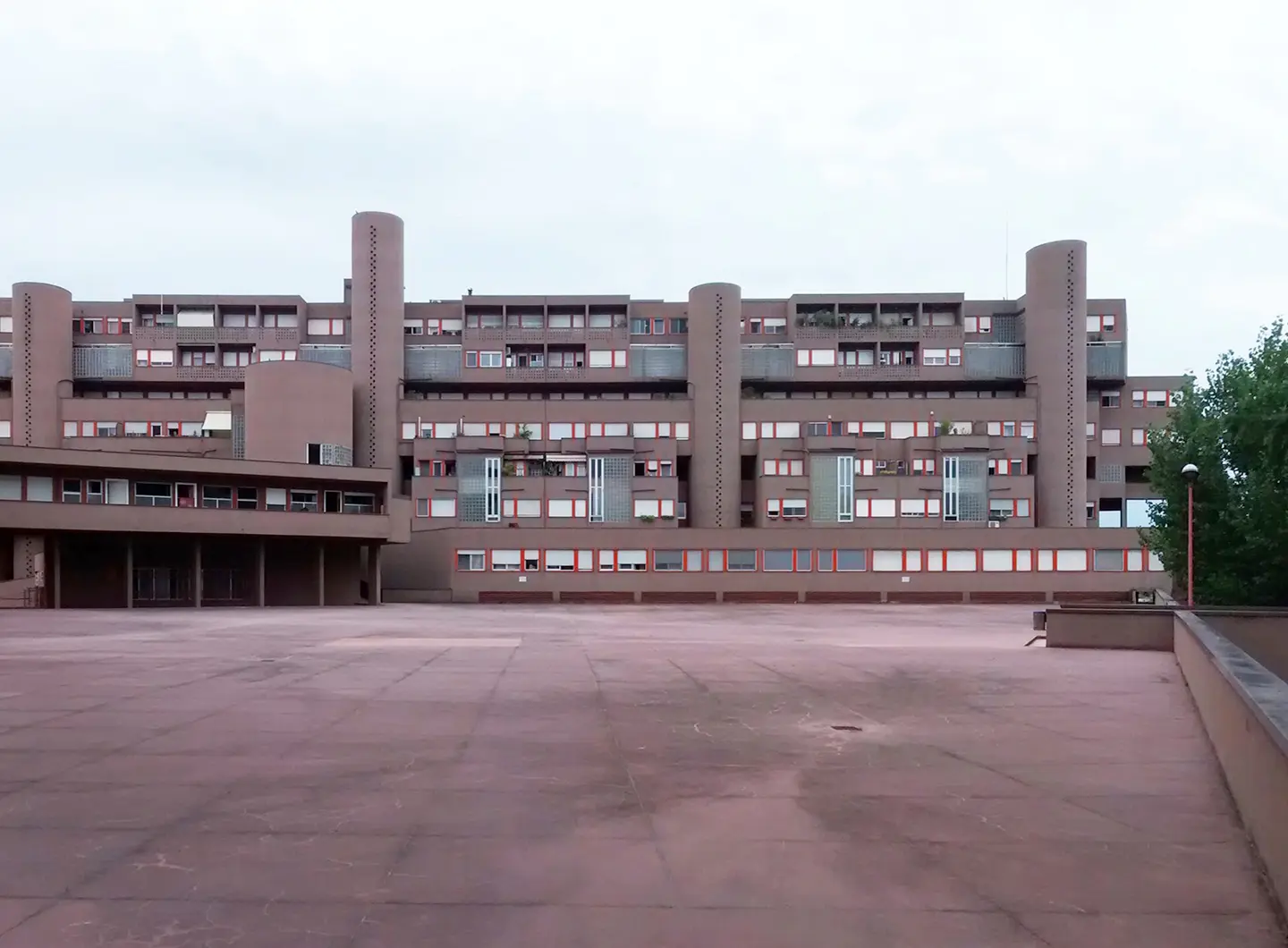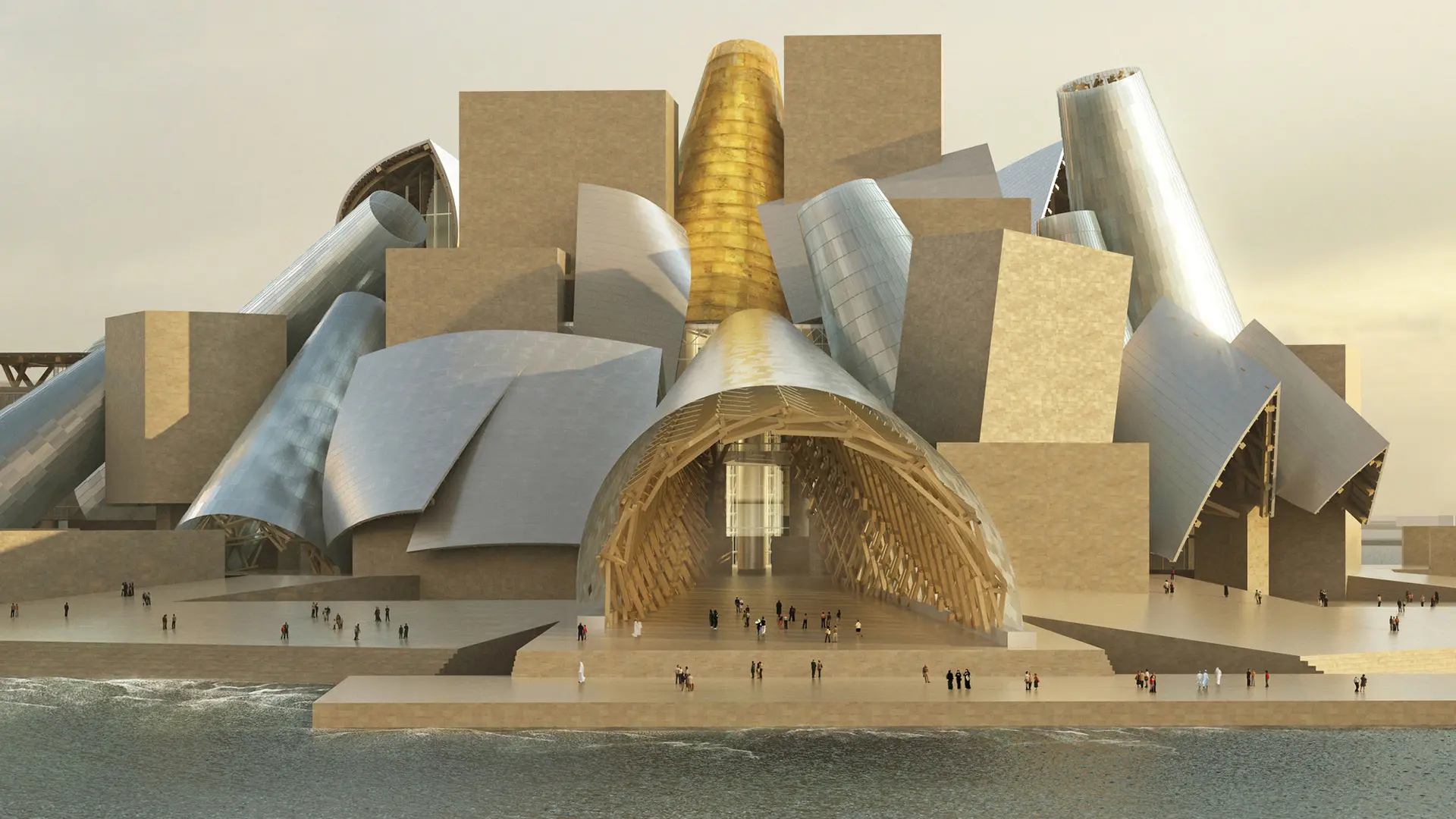From BIG to David Chipperfield, Frank Gehry to Snøhetta: a world tour of the best buildings set to open in 2026
Milan Arch Week 2025: a collective reflection on the relationship between architecture and inequality
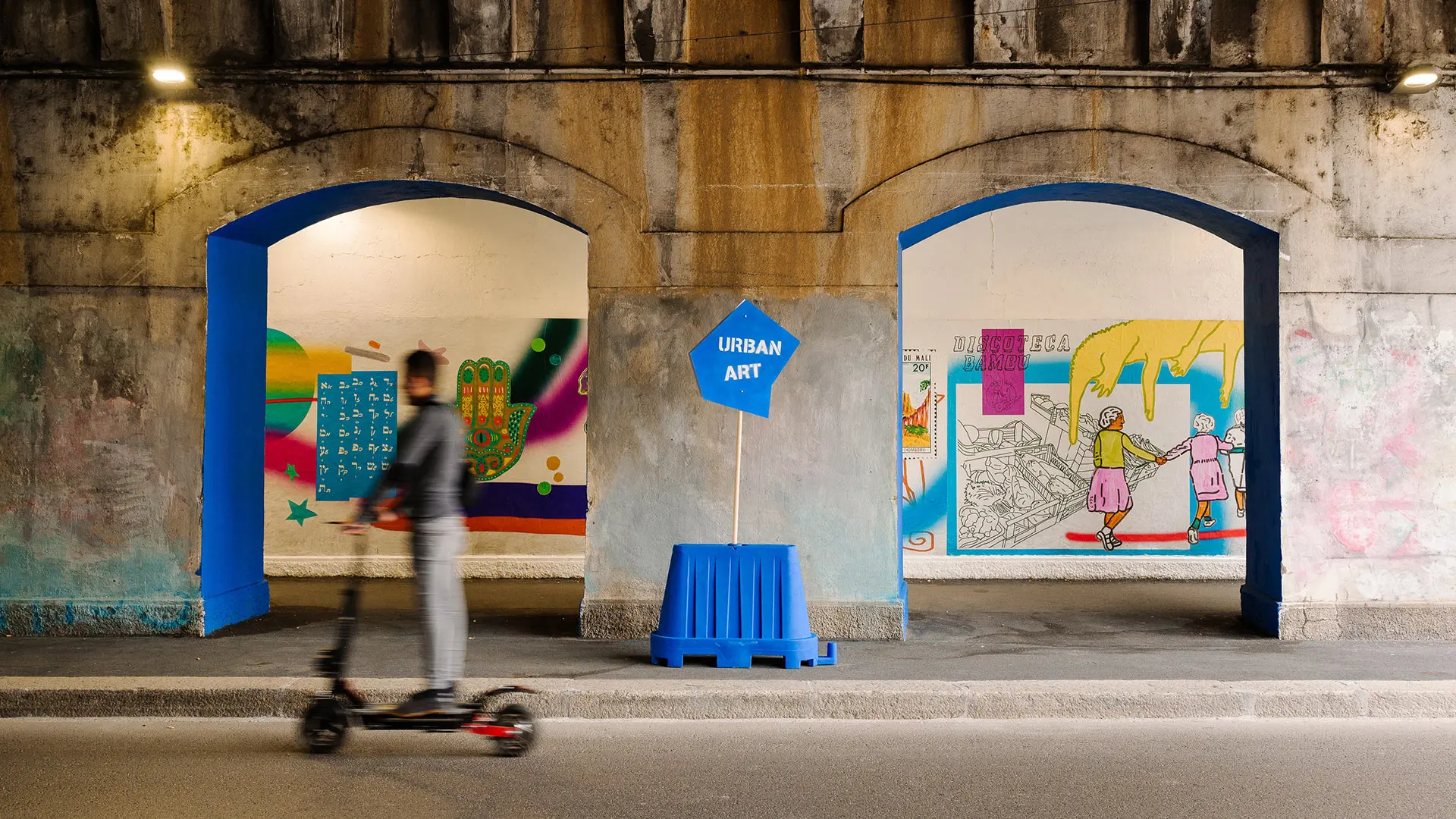
A week of meetings, exhibitions and urban walks to explore how architecture can combat inequality in contemporary cities. From 27th October to 2nd November
Urban planning is a double-edged sword because the level of public control within a project can curb or accentuate the inequalities that are becoming increasingly evident in large European cities. The emergence of a shiny new neighbourhood full of ultra-modern buildings can in fact conceal processes of expulsion that are difficult to stem in the short term.
In reality, as Chilean architect Alejandro Aravena explained in an interview with Electra Magazine, “Cities play a big role in correcting inequalities, because they can work as shortcuts towards improving quality of life without having to pay for them, without having to depend on income. Public space is a very powerful architectural opportunity.”
These reflections also form the basis for the seventh edition of Milano Arch Week, a week dedicated to architecture and urban transformation, promoted by the Municipality of Milan, the Politecnico di Milano and Triennale Milano, taking place from 27th October to 2nd November 2025 in a number of different locations dotted around the Lombard capital, not just in the most prestigious neighbourhoods. The programme includes more than seventy events being held in thirty venues throughout the urban area. The curators are Nina Bassoli, Curator for Architecture, Urban Regeneration and Cities at Triennale Milano, and Matteo Ruta, Professor in the Department of Architecture, Construction Engineering and the Built Environment at the Politecnico di Milano.
The big names in architecture at the Politecnico di Milano
The title of the 2025 edition, being held in the year of the twenty-fourth international Triennale Milano exhibition (13th May – 9th November), is Inequalities. The challenging but stimulating aim is to explore the facets of inequality within small and large, rich and poor, expanding or declining cities. To do so, Milan Arch Week will draw on a potentially infinite range of creative tools: games, sound, art, cinema and performances, as well as simple – yet never predictable – exchange between the world's best architects and an audience fascinated by the major urban issues of our time.
The first half of the event will take place in the classrooms of a key global architecture and urban planning location, the Politecnico di Milano. It will kick off on 27th October at 6pm with a talk by Dominique Perrault, winner of the Mies van der Rohe Award (1996) for his design for the National Library of France, in the 13th arrondissement in Paris. At 5.30pm on 28th October, Deacon Marvel of the Buckminster Fuller Institute will give a lecture, followed immediately afterwards, at 6.30pm, by Didier Fiuza Faustino, founder of the Bureau des Mésarchitectures in Paris and mastermind of ‘moving architecture', whereby the living space adapts to the needs of the human body, as if it were an item of clothing.
The event will close at 6.30pm on 29th October with an Italian luminary, Carlo Ratti, Director of the Senseable City Lab at the Massachusetts Institute of Technology (MIT), smart city pioneer and advocate of the role of spatial design in road safety in our cities. Ratti is also curator of the 2025 Architecture Biennale.
Events at Triennale Milano
As of 30th October, all eyes will be on Triennale Milano. Don't miss the lecture on alternative urbanism by the Nigerian architect Tosin Oshinowo (12.30pm on 30th October), as well as the event Le Donne Raccontano (Women Tell Their Stories) (7pm on 31st October) and the workshop exploring the use of mapping and the concept of psychogeography (2nd November, 10am-5pm).
Triennale Milano will also be hosting a video installation by the Italian director Ila Bêka and the French video artist Louise Lemoine, as well as an eight-channel audio installation that adapts interviews conducted for the project Voices on Masbedo's Ritratto di Città 20/20 international tour by the art duo Masbedo. In addition, a film will be screened almost every evening in Triennale’s Gioco space to round off the day at Milano Arch Week 2025: Still Here by Suranga D. Katugampala (8pm, 31st October); Orlando, My Political Biography by Paul B. Preciado (8pm, 1st November), and The Story of Frank and Nina by Paola Randi (8pm, 2nd November), a treat for those keen to explore the dichotomies of Milan today.
During Arch Week 2025, Triennale will host the travellingproject We Mediterranean, curated by Paola Carimati, Matilde Cassani, Francesca Lanzavecchia, Sex&the City, Piovenefabi and Studio Ossidiana. Followingits September debuton Lake Como, the collective will touch down at the entrance to the Palazzo dell’Arte, between the central staircase and the bookshop, from 27th Octoberto 2nd November. The We Mediterranean canopy will serve as the heart of the experiences that have helped shape the project: from the journeyto Lebanon to the stopover in the Dropcity tunnel, and more besides. The sensitiveintervention of Matilde Cassani and Francesca Lanzavecchia on the canvas of the canopy recalls the act of validating passports in a world without barriers and borders.
As part of We Mediterranean, three days of meetings curated by Paola Carimati and Azzurra Muzzonigro will be held in the Triennale spaces. Word Body Word, a hybrid workshop/poetry reading/performance curated by Maddalena Iodice and Giuditta Vettese with Maria Luce Cacciaguerra and Allison Grimaldi Donahue (the Murmur) will take place from 4.30pm to 6.30pm on 29th October. The following day, Mediterranean Fleets, a fantastic opportunity for the public to find out how missions at sea are concretely carried out, will kick off at 4.30pm (All Eyes on the Mediterranean, Sea Watch, Open Arms and Seasters are due to speak). The final event, at 5pm on 31st October, will be Mediterranean Together, telling the story of educators, activists and designers who experiment – at local level - with design practices rooted in the tradition of their lands.
One of the main new features of this edition is the presentation of the Italian Architecture Prize, promoted by Triennale and the MAXXI museum, which alternates between Milan and Rome each year. The winner will be announced at 6pm on 30th October.
Group Walks in the Most Unexpected Places
Milan Arch Week 2025 will also be remembered for its outdoor events, discovering the neighbourhoods and buildings that are already redefining Milan's urban geography. One of these is Archigrafia Urbana (4.45-7pm, 29th October) - a walk through the heart of the Milano Certosa District, at the heart of an ambitious regeneration process promoted by RealStep. The aim of the event – organized by Studio Migliore+Servetto, admission is free but spaces must be reserved by emailing info@certosadistrict.com – is to explore the differences and points of contact between the centre and the suburbs, two realities with different identities yet both fundamental for designing truly inclusive and sustainable spaces (not just in environmental terms).
Meanwhile, a ‘performative walk’ will start from 22 Viale Carlo Troya at 4.30pm on Thursday 30 October, and will reflect on ‘the extreme conditions of housing inequality in the city of Milan, between new luxury developments and the state of neglect and deprivation of collective space in public housing'. The event, entitled Vi Portiamo un Filo Verde (We Bring you a Green Thread), will finish in Via Giacinto Bruzzesi, on the corner of Via Giambellino, at 6.30pm.
Also worth mentioning is the 'walkshop' on 2nd November (11am to 1 pm) entitled Super-Imposed: Monte Amiata and the Gallaratese (registration here), which will take the form of a group walk through the Gallaratese neighbourhood and, specifically, the Monte Amiata residential complex, designed in the late 1960s by the architects Carlo Aymonino (together with his brother Maurizio) and Aldo Rossi, which is often referred to as the Red Dinosaur.
Conceived as a sort of 'mini-city within a city,' Monte Amiata is an example of the interaction between housing blocks and the presence of services, shops, a gym and a shared library.
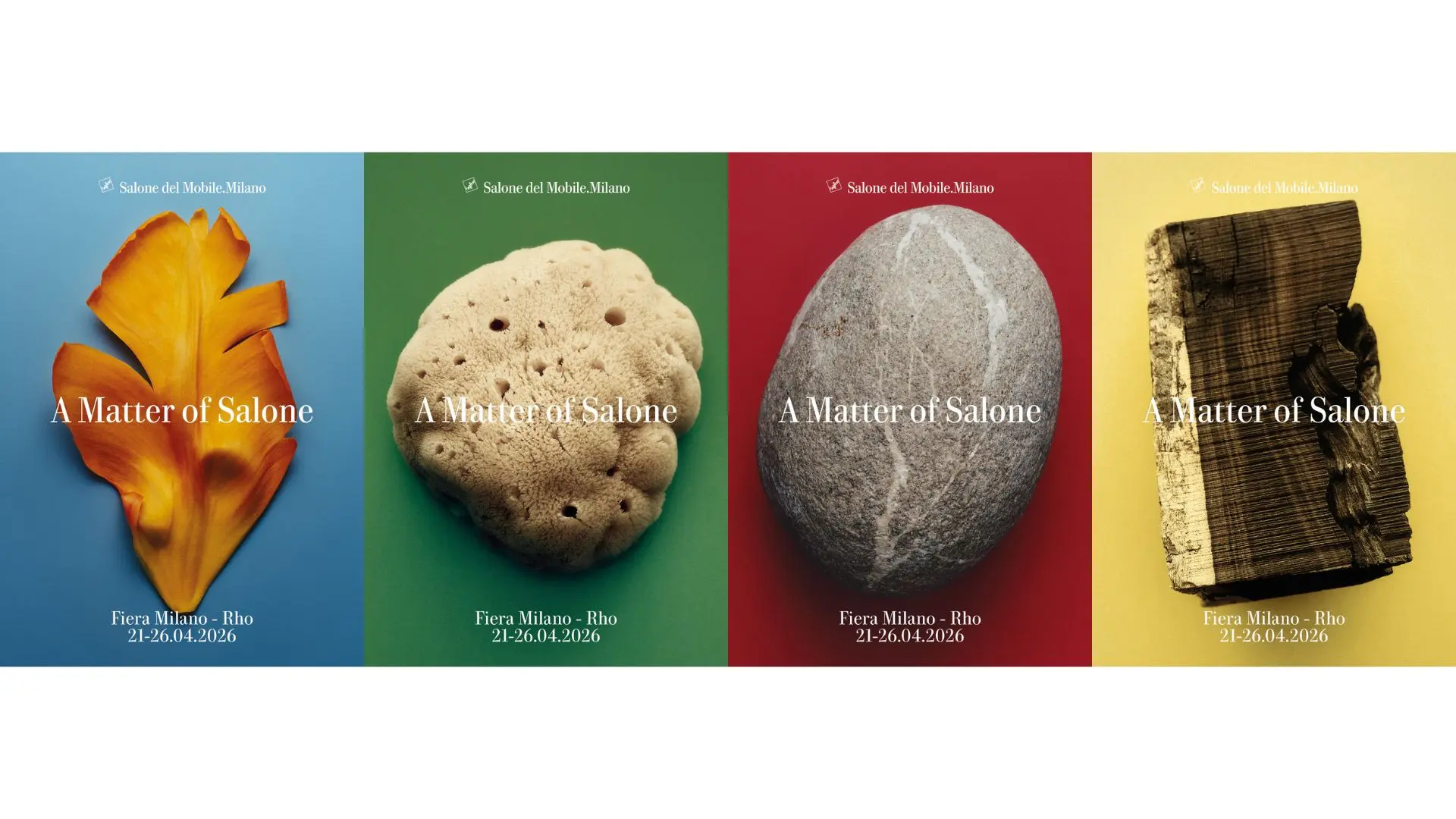
A Matter of Salone: the new Salone communication campaign
From a reflection on humans to matter as meaning: the new Salone communication campaign explores the physical and symbolic origins of design, a visual narration made up of different perspectives, united by a common idea of transformation and genesis

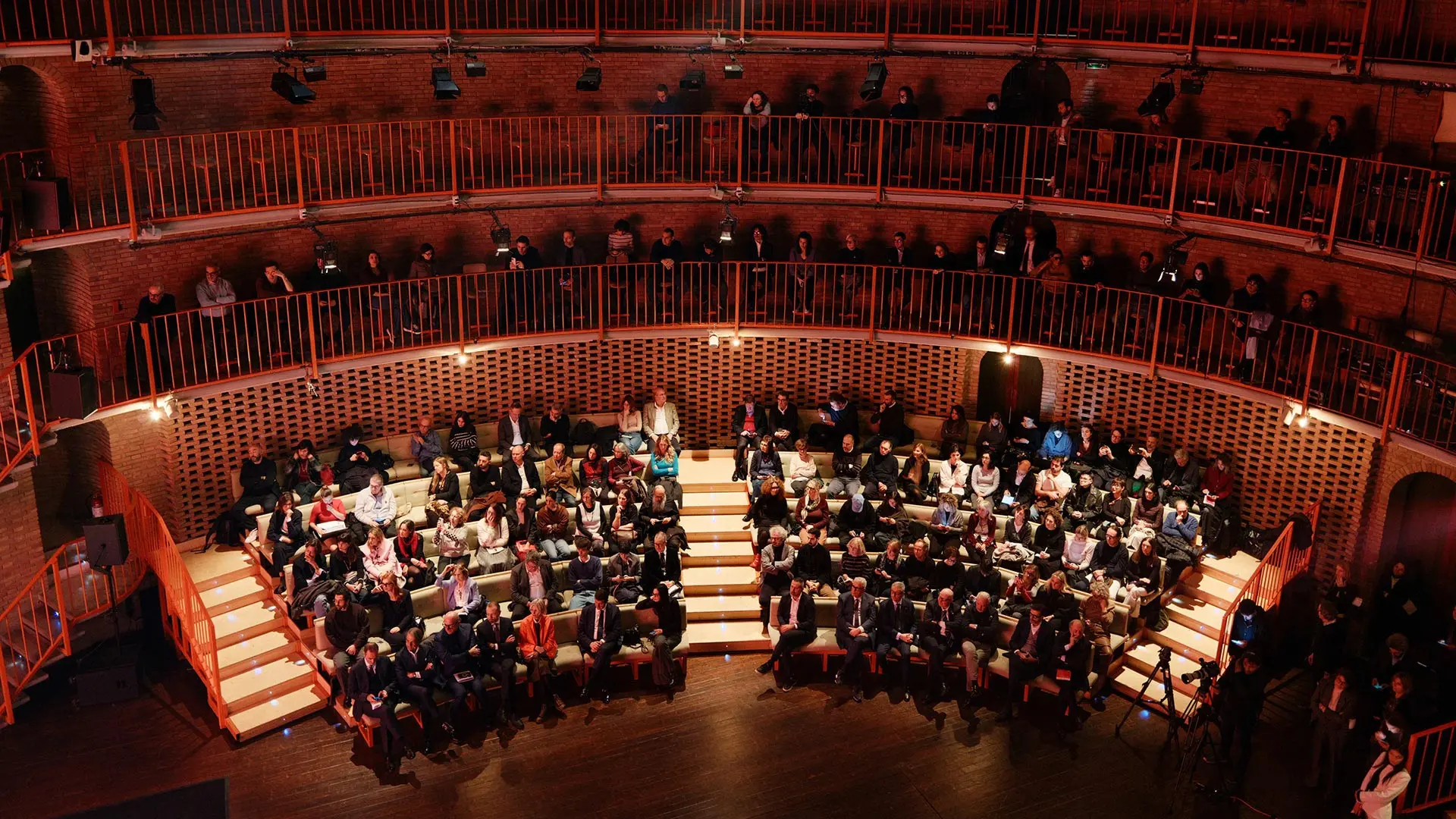
Salone 2025 Report: The Numbers of a Global Event
Data, analyses, and economic, urban, and cultural impacts. The second edition of Salone del Mobile’s “Milan Design (Eco) System” Annual Report takes stock of a unique event and consolidates the fair’s role as the driving force behind Milan as the international capital of design



 Salone Selection
Salone Selection
